What is the tolerance range of precision screws?
What is the tolerance range of precision screws?
Service Hotline
+86760-8787 8587We have more than ten years of experience in screw industry production, the main products are: iron with hole pin, Dongguan nut, nylon cap nut, round straight column, plastic cap nut nut, GB97 washer meson, supply nylon nut, gasket and Washers, scooter conversion screws, rivet nuts, flower teeth, open body turnbuckle bolts, copper inner teeth plastic handle nuts, fine teeth and coarse teeth, Phillips screws and other fasteners, due to different product materials and specifications, the price It is also different, please contact us if necessary.


Gaskets are mechanical components used for cooperation between two objects, which play a role in preventing pressure, corrosion and leakage of pipes from natural thermal expansion and contraction between two objects. By using the gasket in conjunction with the bolt and nut, the gasket can increase the contact area between the bolt and nut and the metal parts, and play the role of buffering and shock absorption to prevent the thread from loosening.
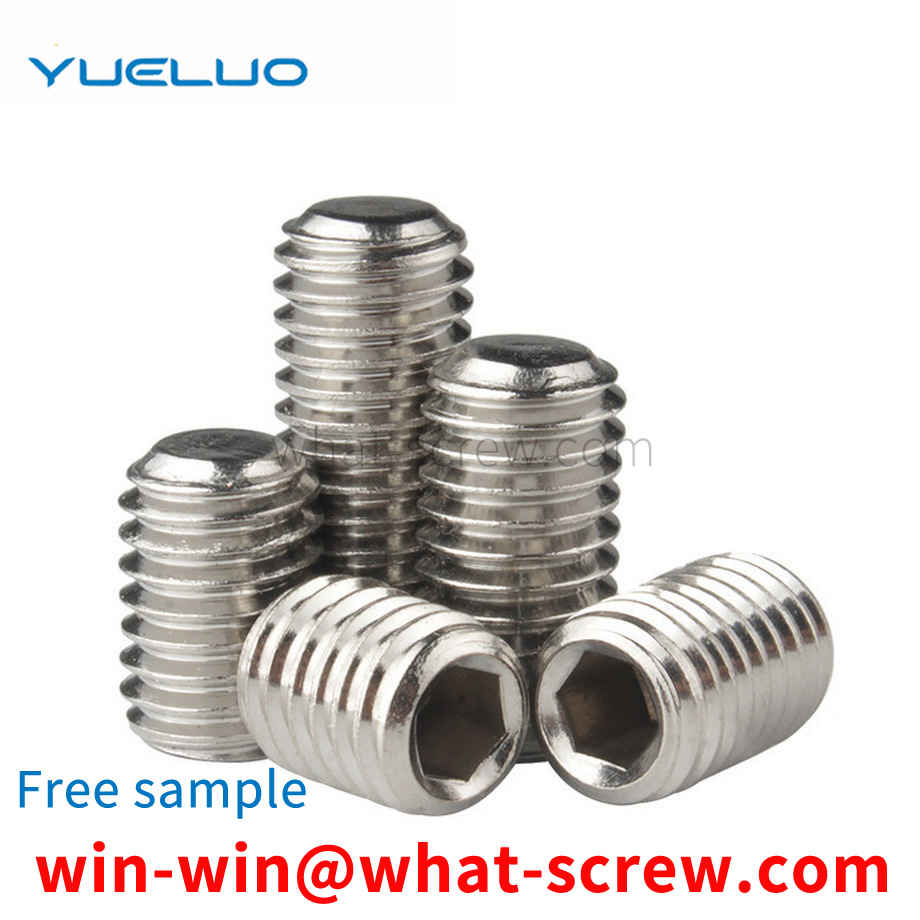
The material of the round head three combination screw is divided into iron and stainless steel. The iron ones are made of different iron screw wires. Generally, the wire of the combination screw is 1010, 1018, 10B21 and so on. 10B21 is used to make 8.8 grade combination screws. Like 8.8-grade socket head cap screws, 10B21 wires are often used to make them. When done, go to heat treatment. After heat treatment, remove hydrogen and electroplating. This is to prevent the spring washer of the socket head cap screw from breaking. Stainless steel combination screws, in the combination screw market, generally refer to stainless steel SUS304 combination screws. 201 combination screws generally do very little. Few manufacturers of round head three combination screws produce 201 combination screws. Because the hardness of the screw wire of stainless steel 201 is not well controlled, it is easy to produce cracks. Introduction to the basic knowledge of electroplating round head combination screw electroplating generally refers to the de-plating of iron combination screws. Electroplating is divided into environmental protection and non-environmental protection. Commonly used combination screw electroplating colors include green color zinc, green blue zinc, green white zinc, green nickel, red color, white zinc, white nickel, etc. Cross recessed combination screws, hexagon combination bolts and self-tapping combination screws are used in the same way as the corresponding cross recessed screws, hexagon head bolts and self-tapping screws. The main feature of these combination screws is that they are equipped with corresponding washers, which are very convenient to use.
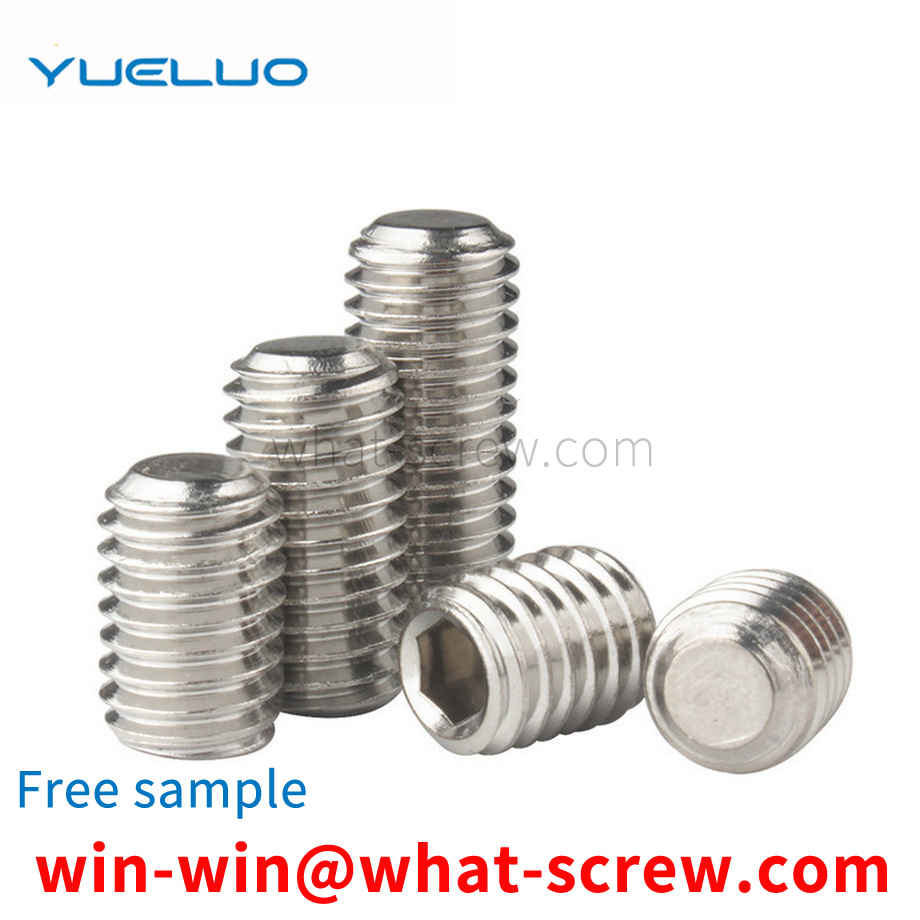
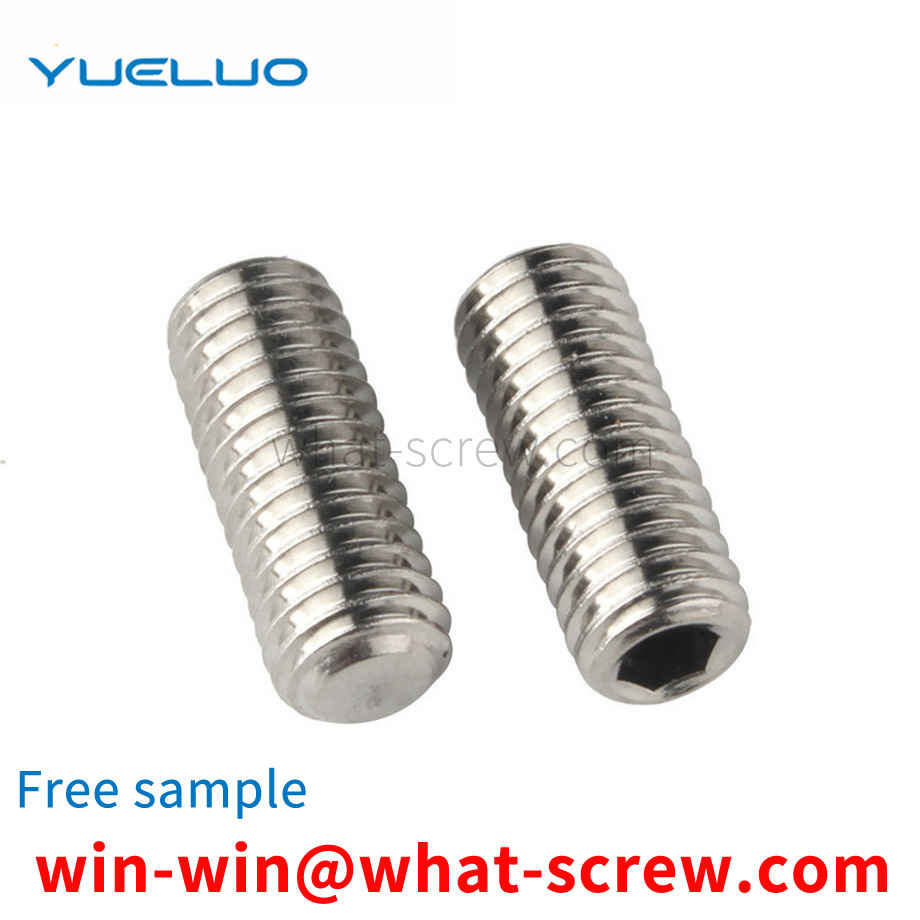
For a long time, the rivets used in general riveting, especially the ordinary rivets and bolts and other fasteners commonly used in steel structures such as vehicles and bridges, have low connection reliability, especially under alternating load and impact conditions. Looseness is easy to occur, the maintenance cycle is short, and the maintenance cost is high in the later period, which cannot meet the requirements of railway freight.
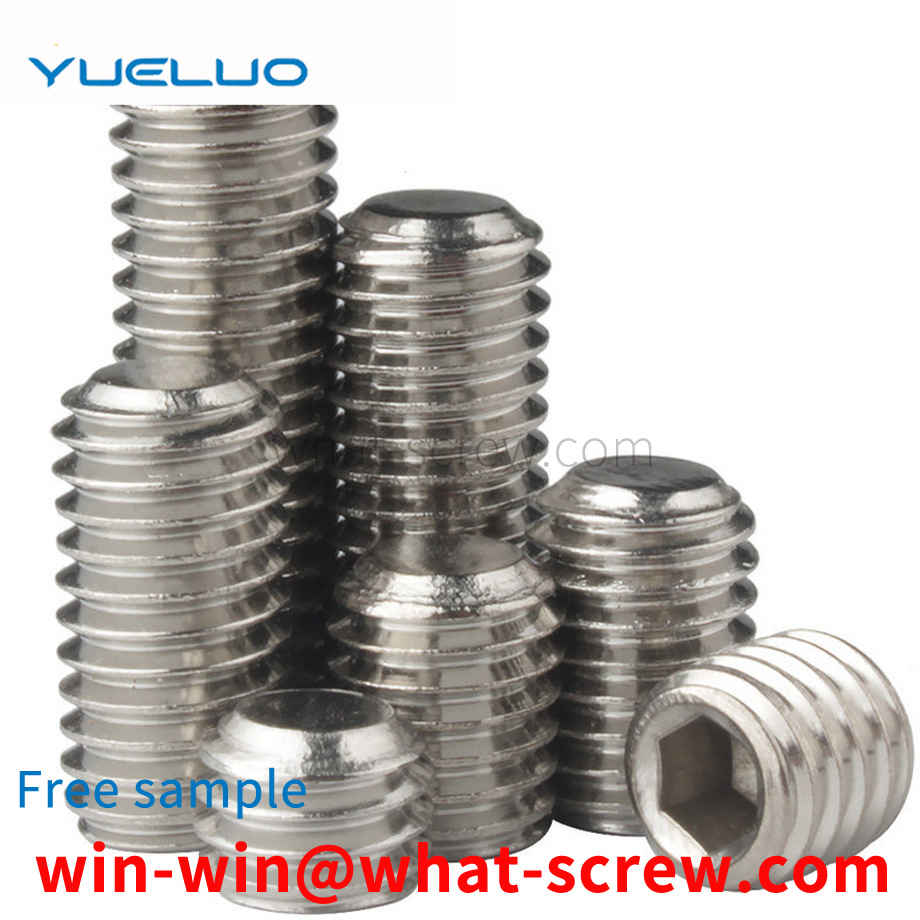
1) Scope This standard specifies the lock nut (referred to as nut), the size of the locking device, technical requirements, acceptance rules and measurement methods. This standard applies to the design, production, inspection and user acceptance of nuts and locking devices for tapered bushings. 2) Terminology The terms used in this standard conform to the provisions of GB/T 6930. This standard specifies the marking system, index, test method and marking of the mechanical and working performance of the effective torque section steel hexagonal lock nut. This standard is applicable to coarse thread 6H class nuts made of carbon steel or alloy steel, the width across the sides conforming to the provisions of GB 3104, the nominal height is ≥ 0.8D, and the guaranteed load and effective torque need to be specified, and the thread diameter is 3 ~ 39mm. Except for the effective torque part, the thread size and tolerance are specified in GB 193, GB 196 and GB 197. The working temperature range of the nut should be in accordance with: All-metal nut without electroplating treatment: -50℃~+300℃. All-metal nuts with electroplating treatment: -50℃~+230℃; nuts embedded with non-metallic elements: -50℃~+120℃. This standard does not apply to nuts with special performance requirements (such as weldability and corrosion resistance). For stainless steel and non-ferrous metals with fine pitch lock nuts or thin nuts made of carbon steel or alloy steel, the performance indicators and test methods of effective torque specified in this standard may be adopted by mutual agreement.
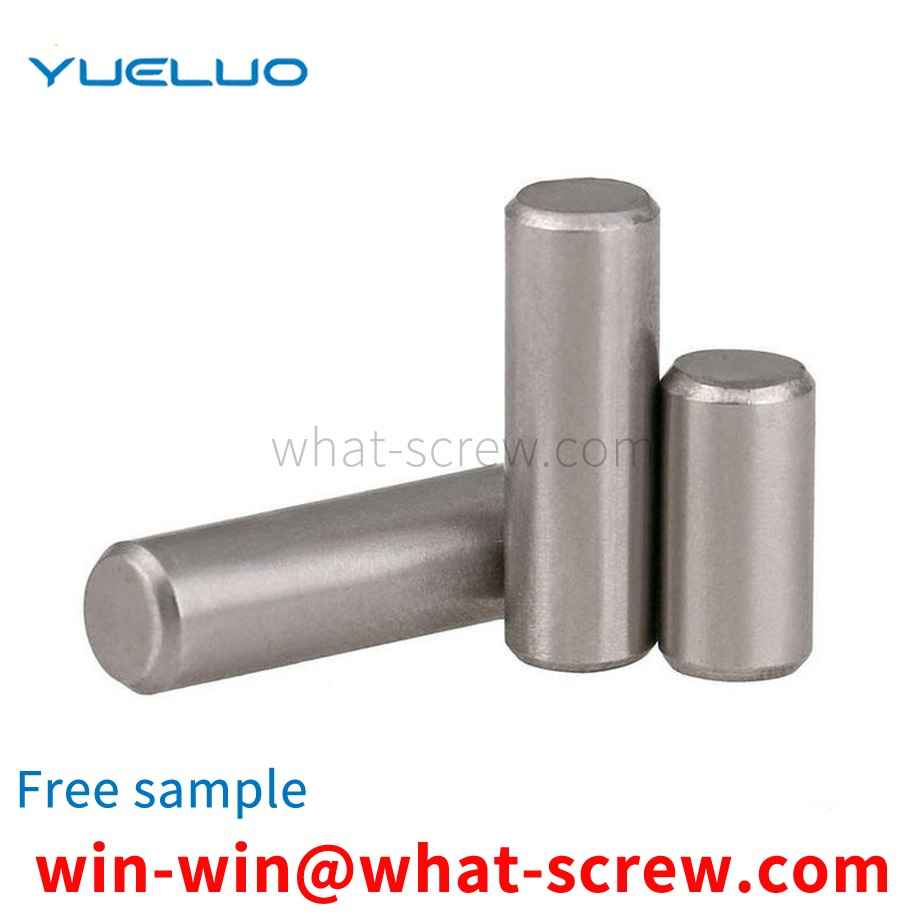
The above content is uploaded by Yueluo or the Internet. If there is any copyright issue, please contact [email protected].

What is the tolerance range of precision screws?

How to choose the right stainless steel screw manufacturer?

Why is there an R angle under the head of the hexagon head s...

We have more than ten years of production experience in the ...

We have more than ten years of production experience in the ...
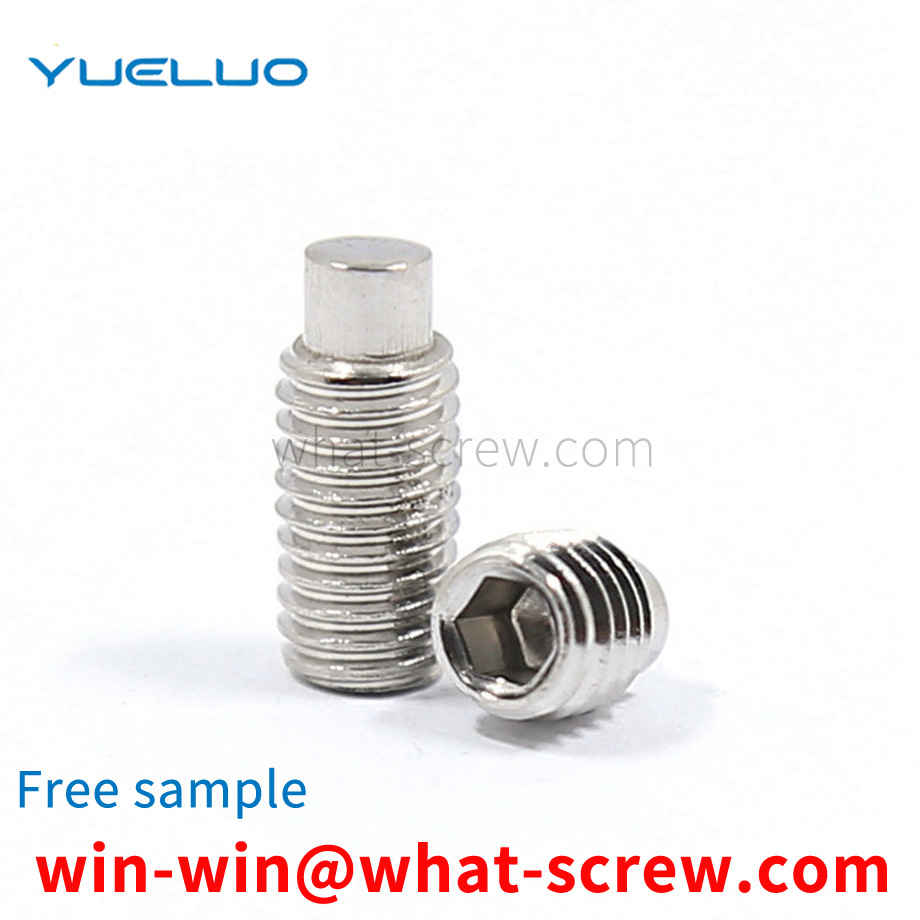
We have more than ten years of production experience in the ...
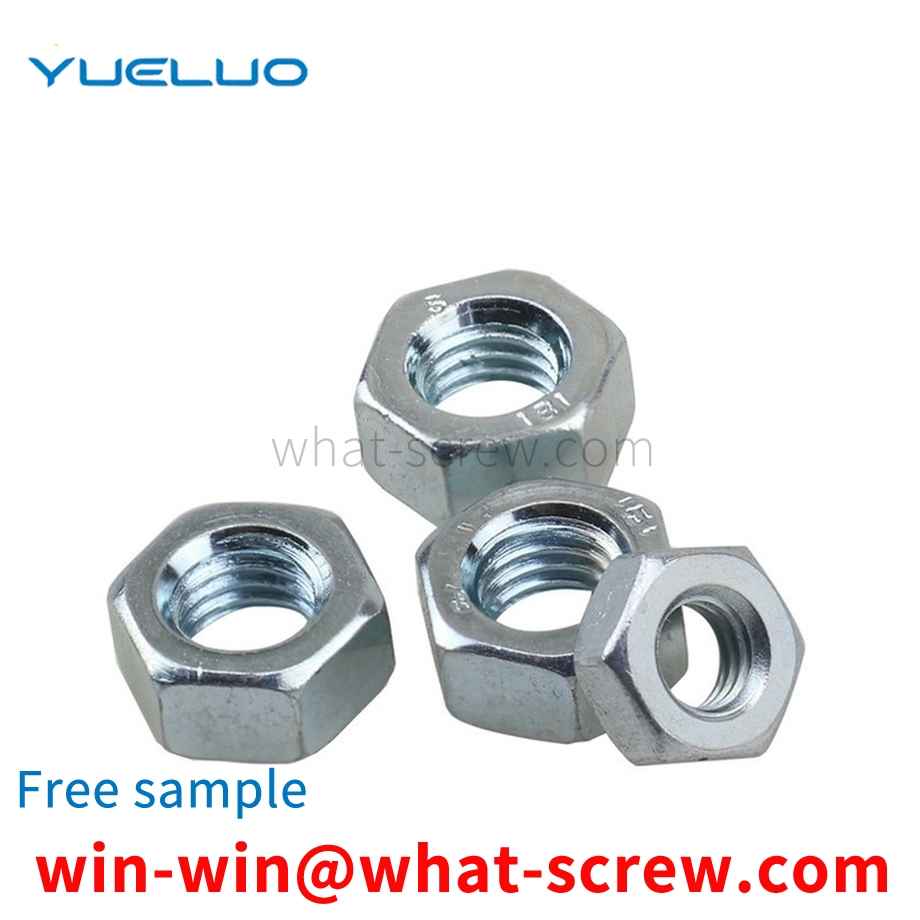
We have more than ten years of production experience in the ...